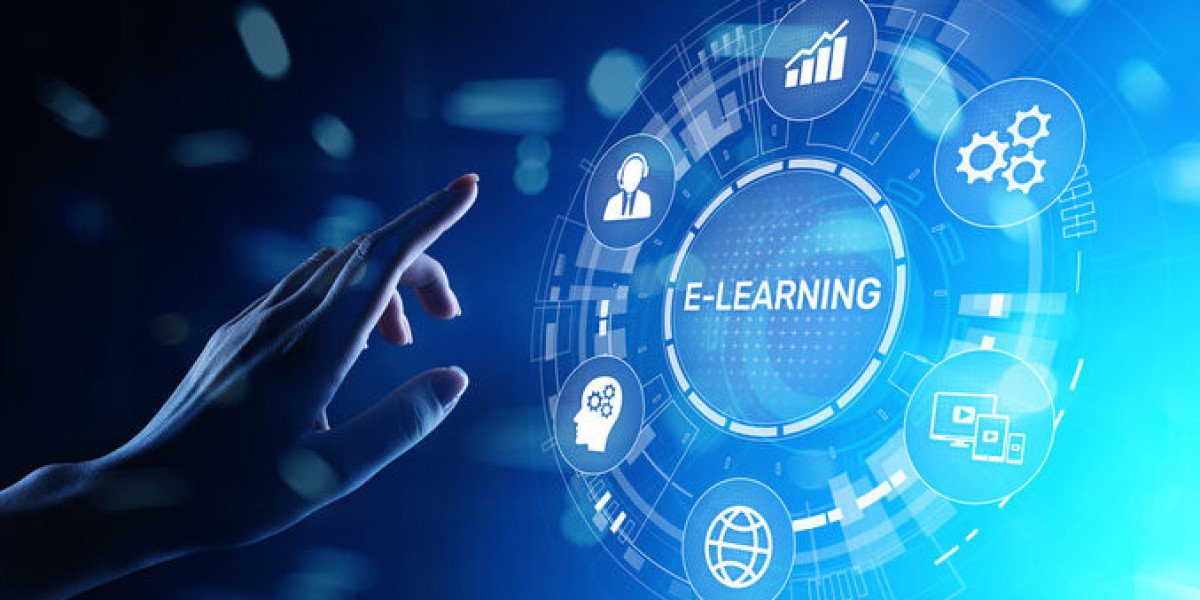Immersive Learning: Revolutionizing Education Through Engagement
Immersive learning is a transformative educational approach that integrates advanced technologies such as virtual reality (VR), augmented reality (AR), and interactive simulations to create deeply engaging, hands-on learning experiences. By simulating real-world scenarios, it bridges the gap between theoretical knowledge and practical application, enabling learners to understand and retain information more effectively while building essential critical thinking skills.
What is Immersive Learning?
Immersive learning places students in interactive environments where they can actively engage with the material. For example, through VR, a history student can walk through a reconstructed ancient city, or a medical trainee can practice surgery in a virtual operating room without the risks associated with real patients. AR, on the other hand, overlays digital information onto the physical world, allowing learners to interact with objects in enhanced ways, such as viewing 3D anatomical models through an AR app. Simulations provide realistic practice scenarios, such as crisis management in business or troubleshooting technical systems.
Advantages of Immersive Learning
Enhanced Engagement: Immersive tools capture learners’ attention by making content interactive and relatable. The tactile and visual stimulation provided by VR and AR creates a memorable learning experience.
Real-World Application: By placing learners in practical scenarios, immersive learning fosters critical thinking and decision-making skills. For example, pilots use flight simulators to practice maneuvers in a risk-free environment.
Safe Learning Environment: Immersive learning allows learners to experiment and make mistakes without real-world consequences. This is particularly crucial in fields like medicine, engineering, or hazardous industries.
Personalized Learning: Immersive environments can adapt to individual learners’ pace and preferences, offering targeted feedback and adjustable difficulty levels to suit their needs.
Global Accessibility: These tools make it possible for learners across the globe to access experiences that might be logistically or financially prohibitive, such as virtual field trips to historical landmarks or industrial sites.
Applications Across Sectors
- Education: Teachers can create virtual field trips or simulations of complex phenomena like climate change.
- Healthcare: Medical students use VR to practice surgeries or learn human anatomy in 3D.
- Corporate Training: Companies use simulations for onboarding, leadership training, and safety drills.
- Military: VR and AR simulate combat environments, providing soldiers with training scenarios without real-world risks.
Challenges and Considerations
While immersive learning holds immense promise, it comes with challenges such as high development costs, the need for advanced technological infrastructure, and potential accessibility barriers for institutions or learners with limited resources. Additionally, educators must balance the use of immersive tools with traditional methods to ensure holistic learning outcomes.
The Future of Immersive Learning
As technology continues to evolve, the potential for immersive learning expands. Advances in artificial intelligence and machine learning are likely to enhance these tools further, offering more personalized and adaptive experiences. With 5G networks becoming widespread, seamless VR and AR streaming will make these tools more accessible and practical for everyday use.
Immersive learning represents a paradigm shift in education and training, equipping learners with the tools and confidence needed to excel in a rapidly changing world. By making learning engaging, realistic, and impactful, it paves the way for a more competent and prepared global workforce.







